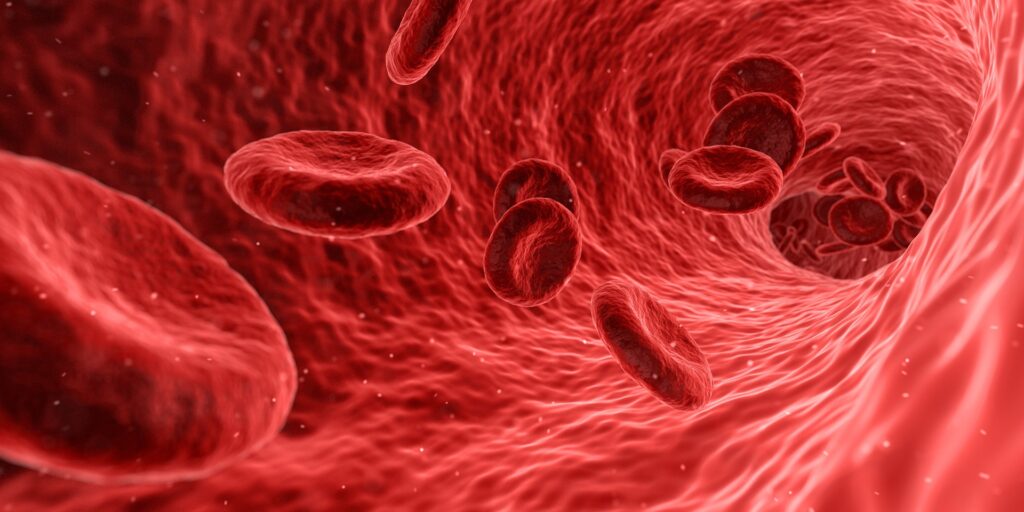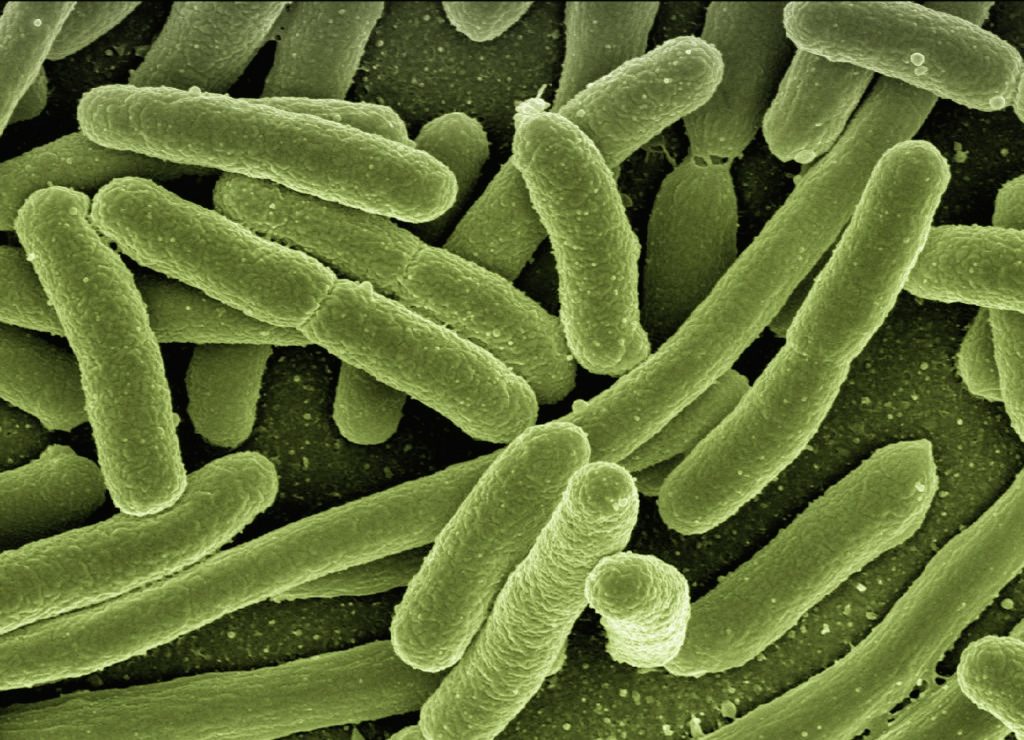Worsening Metabolic Syndrome Exacerbates Cancer Risk
Study reveals a significant link, suggesting that managing metabolic syndrome may help prevent cancer.

New research indicates that individuals with persistent and worsening metabolic syndrome – which encompasses conditions such as high blood pressure, elevated blood sugar, excess abdominal fat, and abnormal cholesterol – face an elevated risk of developing various types of cancer. The findings are published by Wiley online in CANCER, a peer-reviewed journal of the American Cancer Society.
In the study, 44 115 adults in China with an average age of 49 years were categorised into 4 different trajectories based on trends from 2006 (the time of the first physical exam) to 2010: 10.56% exhibited a low-stable pattern and maintained low metabolic syndrome scores; 40.84% exhibited a moderate-low pattern and maintained moderate to low metabolic syndrome scores; 41.46% exhibited a moderate-high pattern and consistently maintained moderate to high metabolic syndrome scores; and 7.14% exhibited an elevated-increasing pattern in which initially elevated metabolic syndrome scores increased over time.
During the follow-up period of 2010–2021, with a median follow-up of 9.4 years, there were 2271 cancer diagnoses among participants. Compared with participants with a low-stable trajectory pattern, those with an elevated-increasing trajectory pattern had 1.3-, 2.1-, 3.3-, 4.5-, 2.5-, and 1.6-times higher risks of developing any cancer, breast cancer, endometrial cancer, kidney cancer, colorectal cancer, and liver cancer, respectively.
Even when the low-stable, moderate-low, and moderate-high trajectory pattern groups were combined, the elevated-increasing trajectory pattern group had higher risks of developing all cancer types.
Also, participants with persistently high metabolic syndrome scores and concurrent chronic inflammation had the highest risks of developing breast, endometrial, colon, and liver cancer, whereas the risk of kidney cancer was predominantly observed among participants with persistently high scores but without chronic inflammation.
“This research suggests that proactive and continuous management of metabolic syndrome may serve as an essential strategy in preventing cancer,” said senior author Han-Ping Shi, MD, PhD, of Capital Medical University, in Beijing. “Our study can guide future research into the biological mechanisms linking metabolic syndrome to cancer, potentially resulting in targeted treatments or preventive strategies. Formal evaluation of these interventions will be needed to determine if they are able to modulate cancer risk.”
Source: Wiley










